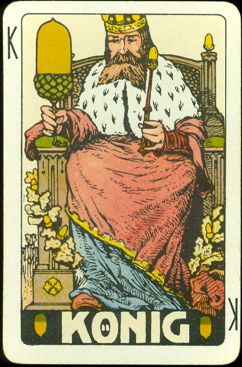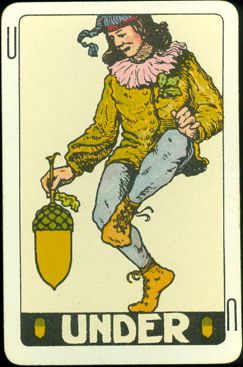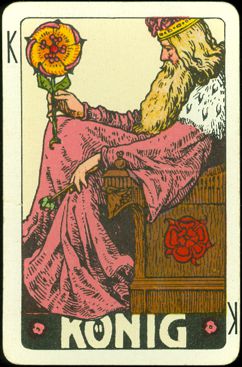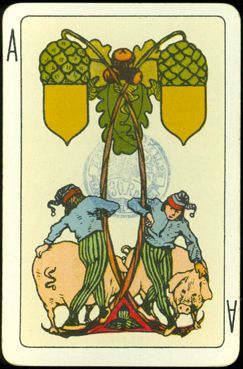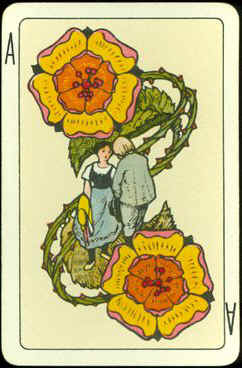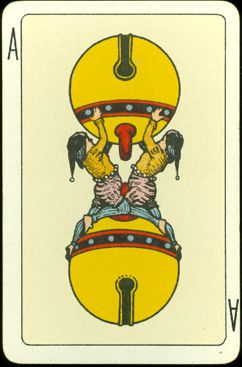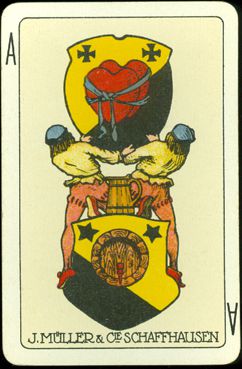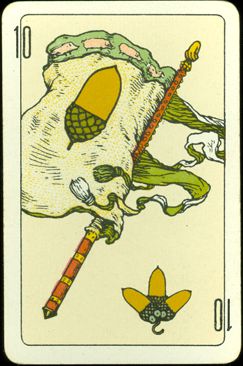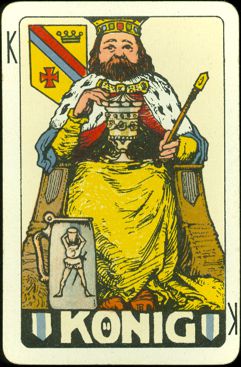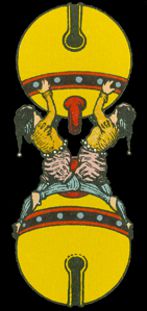 |
Two
collectors fairs this month. Unfortunately Miriam wasn't feeling well
enough to attend, but Joop spent a Friday and Saturday on both of them.
The first one was in Nieuwegein and already on Friday he had bought a
few nice decks to trade and he had also spotted a nice addition for our
own collection. That was the first thing he bought the following day.
Later that day a dealer offered him a complete, original edition of the
French "Total" deck, in a sort of book, illustrated by Siné. |
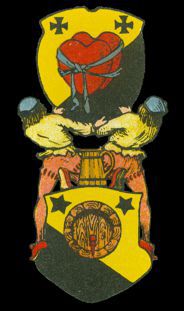 |
|
The internet didn't bring any surprising decks, but we got a nice French design for a playing card in watercolor. Unfortunately there's not much time to spend on the Dutch auction site or any of the different Ebay's. |
||
|
So an extremely short shortlist made it an easy choice this month! |
||
